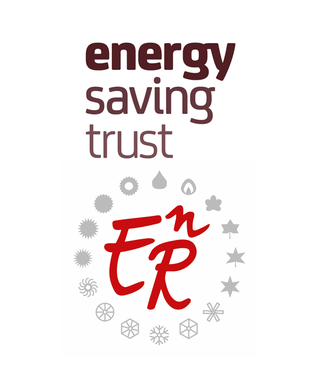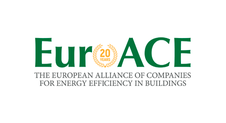Search eceee proceedings
Implications of appliance efficiency in energy access cost modelling
Panel: 2. What's next in energy policy?
This is a peer-reviewed paper.
Authors:
Sam Grant, Kenya
Anna Bruce, UNSW, Australia
Iain Macgill, UNSW, Australia
Lauren Gardner, UNSW, Australia
Abstract
The electricity grid in much of East Africa has yet to be built. Kenya is taking this partially filled canvas as an opportunity to innovate and design an energy system that meets the needs of its population and the challenges of its geography. Kenya’s rapid electrification is taking place on two main fronts: through grid expansion and distributed solar home systems. Arguably Kenyan’s most promising utility models are being developed outside of the traditional grid system and have attracted telecoms and banks as principal actors leading to 4 million solar home system and solar lantern sales since 2012. These solar sales have coincided with a rapid expansion of the centralized grid where heavily subsidized connections have more than doubled in the same period.
This paper attempts to create a nuanced optimization model that compares how cost effective these two approaches have been and provides guidance for future electricity infrastructure investment decision making. Previous energy planning models have failed to account for appliance efficiency gains in future load demand scenarios. This model allows adjustments in appliance efficiency for both on and off grid households.
The resultant modeling strengthens the economic justification for greater reliance on distributed energy solution over grid expansion when trying to increase energy access at least cost. An honest assessment of appliance efficiency in electricity infrastructure planning across East Africa would improve the efficiency of government expenditure and would bring the region closer to achieving Sustainable Development Goal 7.
Downloads
Download this paper as pdf: 2-305-19_Grant.pdf
Panels of
1. The dynamics of limiting (energy) consumption
2. What's next in energy policy?
4. Monitoring and evaluation for greater impact
5. Smart and sustainable communities
7. Make buildings policies great again
8. Buildings: technologies and systems beyond energy efficiency
9. Improving energy efficiency in ICT, appliances and products

























